
Engaging in activities that connect your preschooler with the natural world can be very rewarding. The act of exploring and discovering not only stimulates their curiosity but also lays the groundwork for a lifelong appreciation of nature.
In this blog post, we are going to:
- Learn how to find a worm
- Learn about the different parts of a worm
- Do a worm investigation
HOW TO FIND A WORM
Worms, despite their small size and unassuming appearance, play a crucial role in nature’s grand scheme. They aerate the soil, allowing roots to spread and water to permeate, they help in the decomposition process, and importantly, they are an accessible and fascinating species for young biologists.
Here are a few methods to find these garden-dwellers:
The Cardboard Box Method
Start by leaving a flattened, wet piece of cardboard out in the yard overnight. This can be a great attractant for worms as the dampness of the cardboard mimics their preferred environment under rocks or in the soil.
The Rainstorm Hunt
Rain makes the ground damp and soft, making it easier for worms to wriggle to the surface, usually above the grass or soil, to prevent suffocation. Grab a flashlight and go worm-spotting at night. Be sure to venture out during or directly after a rainstorm when the worms are most lively.
The Sprinklers Scavenger Hunt
Head outside to spot some worms early in the morning after the sprinklers have turned off. The soil is moist and the sun has not yet baked it dry, giving worms a window to roam.
Digging for Treasure
Sometimes, it’s about getting your hands dirty. If the above methods fail to yield results, grab a shovel and start digging in areas that are covered and moist.
Remember, worms are sensitive to vibrations so tread lightly or you might spook them.
Understanding the anatomy of a worm can be fascinating. Let's talk about the basic body parts of a worm and how they function.
Head and Mouth
Worms eat food with their mouth. Their food is found in the dirt where they live. Worms eat by pulling soil particles into their mouths with strong muscles.
Segments
The body of the earthworm looks like little rings joined or fused together. Segments help the worm to be flexible and strong in its movement.
Clitellum
This is the thick, light-colored band seen near the front of the worm’s body. The clitellum is important for reproduction and is a sign that a worm is mature.
Setae
Worms use tiny bristles called setae to anchor their bodies in the soil and to move.
Tail
The last few segments form the worm's tail, which tapers at the end. If the tail is pulled on the worm can sometimes release its tail. A tail that is released or cut off can sometimes be grown back.
"Parts of a Worm" Activity
Now that you've learned about the parts of a worm, why not turn it into an interactive activity for your preschooler?
WHAT YOU NEED:
WHAT TO DO:
Cut the words off of the bottom of the page. Glue the words to the correct squares next to the worm.
Easy, yet great for learning science and practicing fine motor skills.
Once you’ve found your worm and learned about its parts, it’s time to document your discoveries. The "About My Worm" page is a simple, printable sheet that encourages preschoolers to observe and record information about their worm:
- Habitat: Where did you find your worm?
- Description: What color is your worm? What color is your worm? Is your worm dry, or fat?
- Movement: Is your worm wiggly or calm?
- Anatomy: Can you see the different parts of the worm that we learned about?
This activity sparks a love for noticing the little things and highlights the fun in scientific documentation, no matter how old you are.
Going on a worm hunt and discovering these cool creatures can ignite a love for nature in kids. It's a hands-on, fun way to show your little one the awesomeness of biology and ecology, all while having a blast outside.
In the end, it’s not just about finding worms but about instilling a sense of wonder and appreciation for the little things in our big, beautiful world. Happy hunting!
- Jeni
___________________
**ALL THINGS HOMESCHOOL PRESCHOOL**
Check out my PRESCHOOL CURRICULUM! This is where you get all of my unit studies, activities, tips, and more!!
FREEBIE: Preschool Curriculum Map!
Check out my website for blogs and freebies!
All of the products on this page are products my kids and I use and love or products I personally recommend!
All of the opinions expressed here are my own. With that said, this page contains affiliate links that, at no additional cost to you, I may earn a small commission.


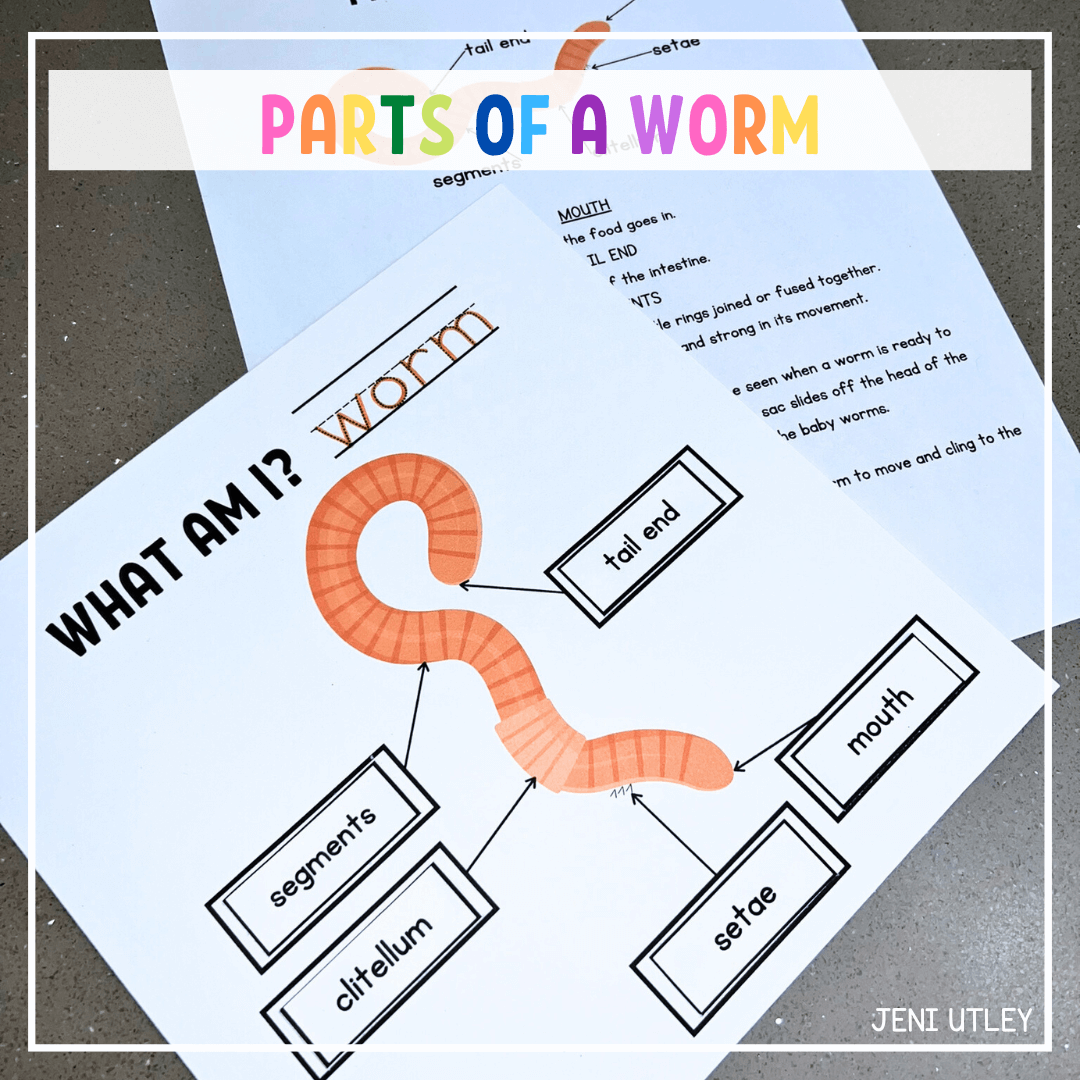
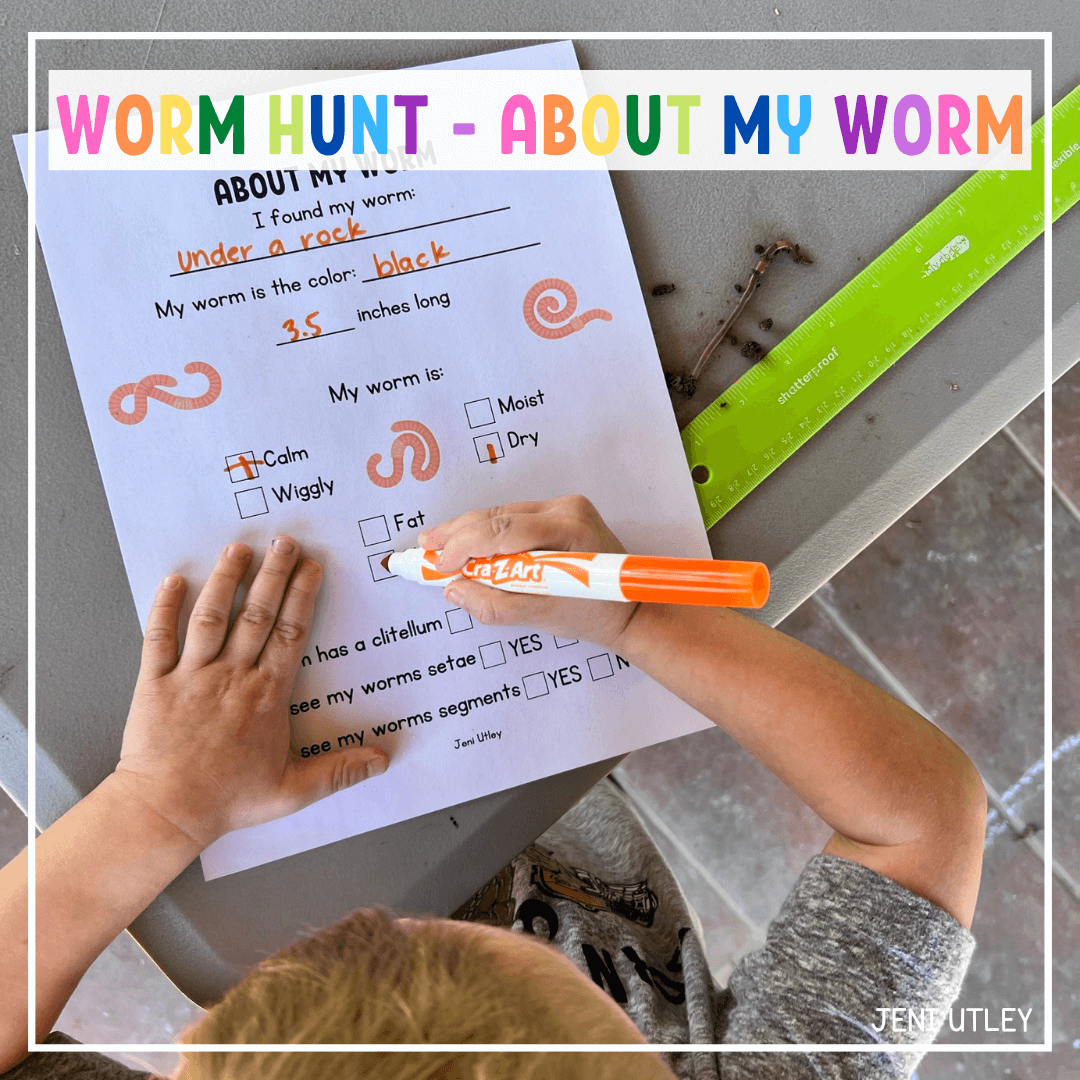
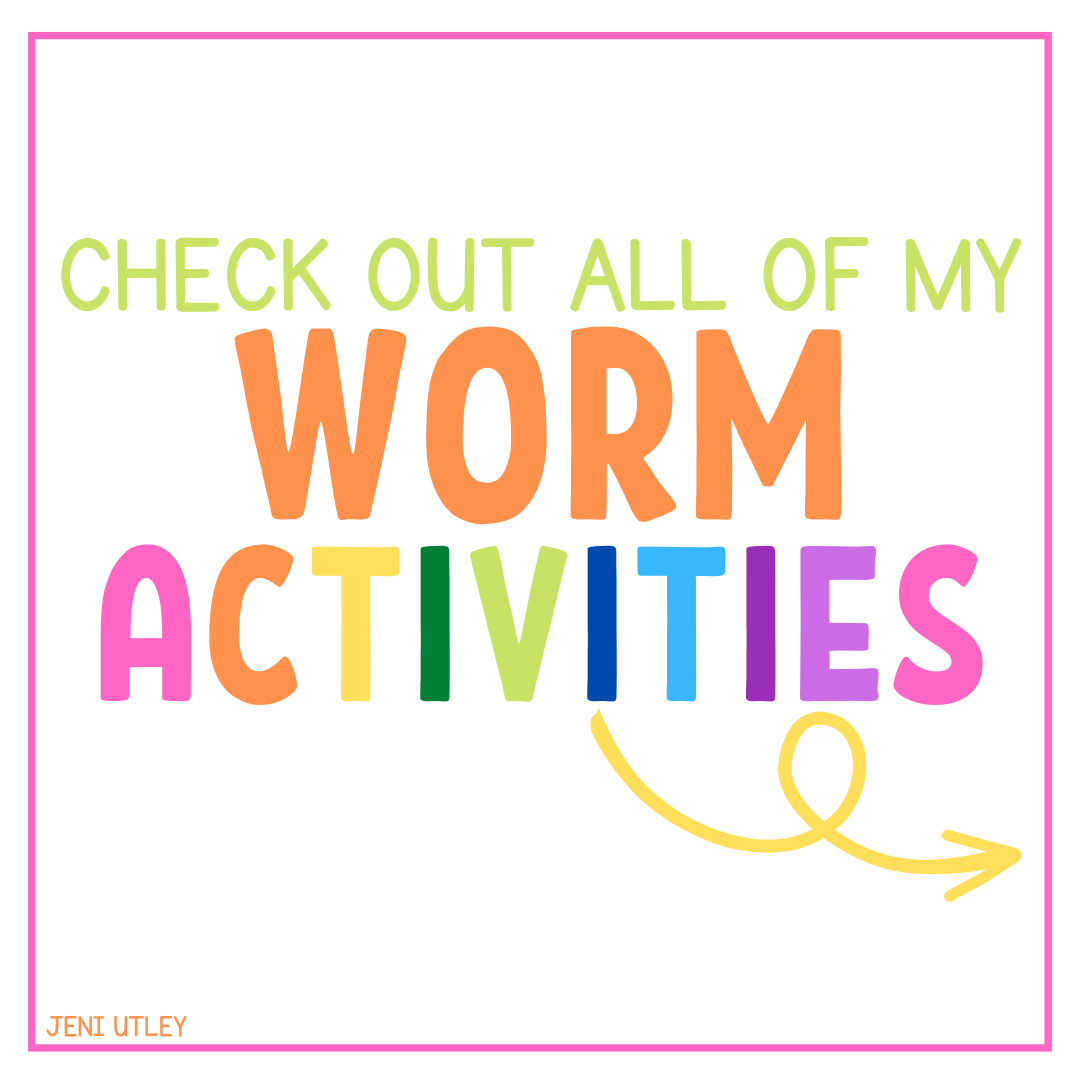

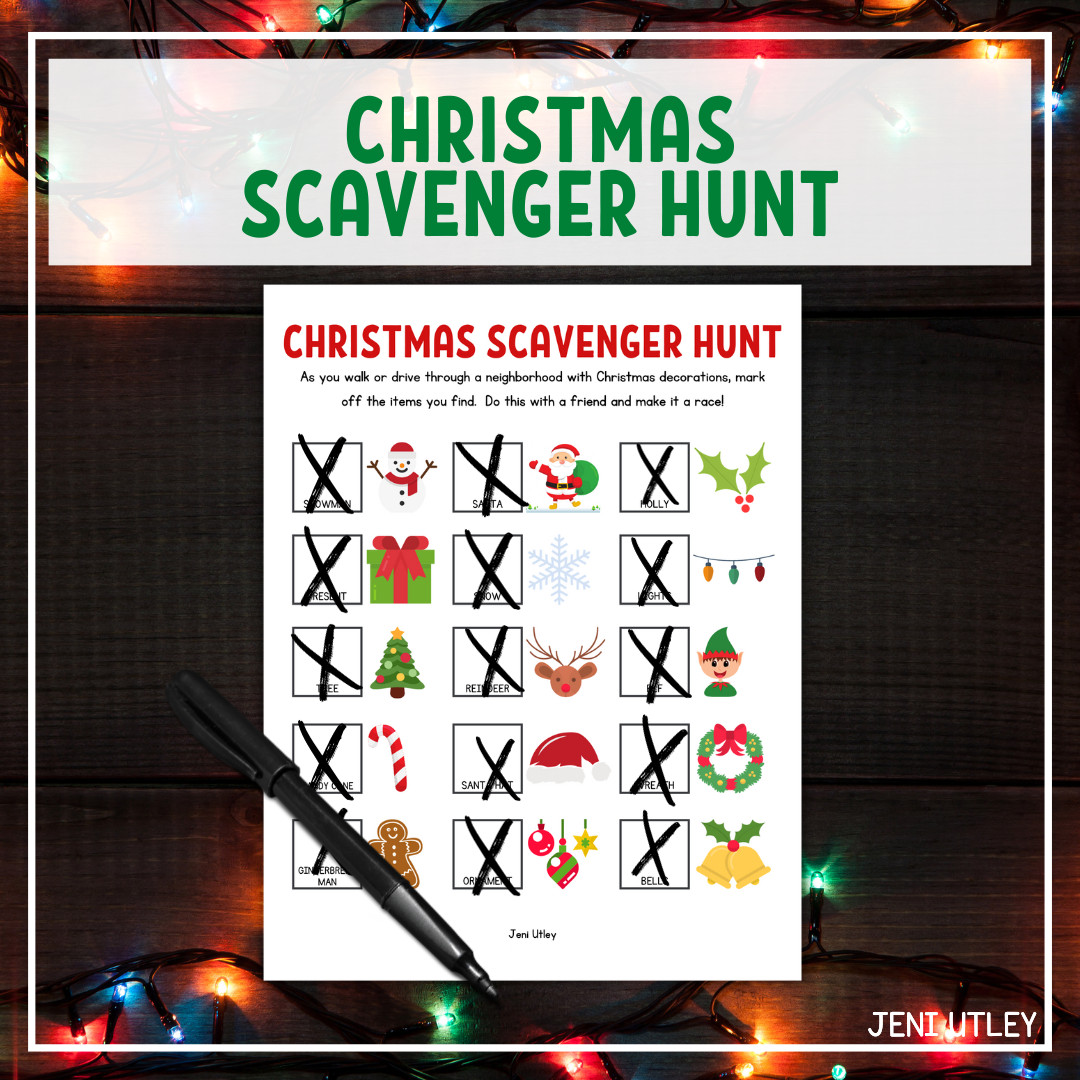
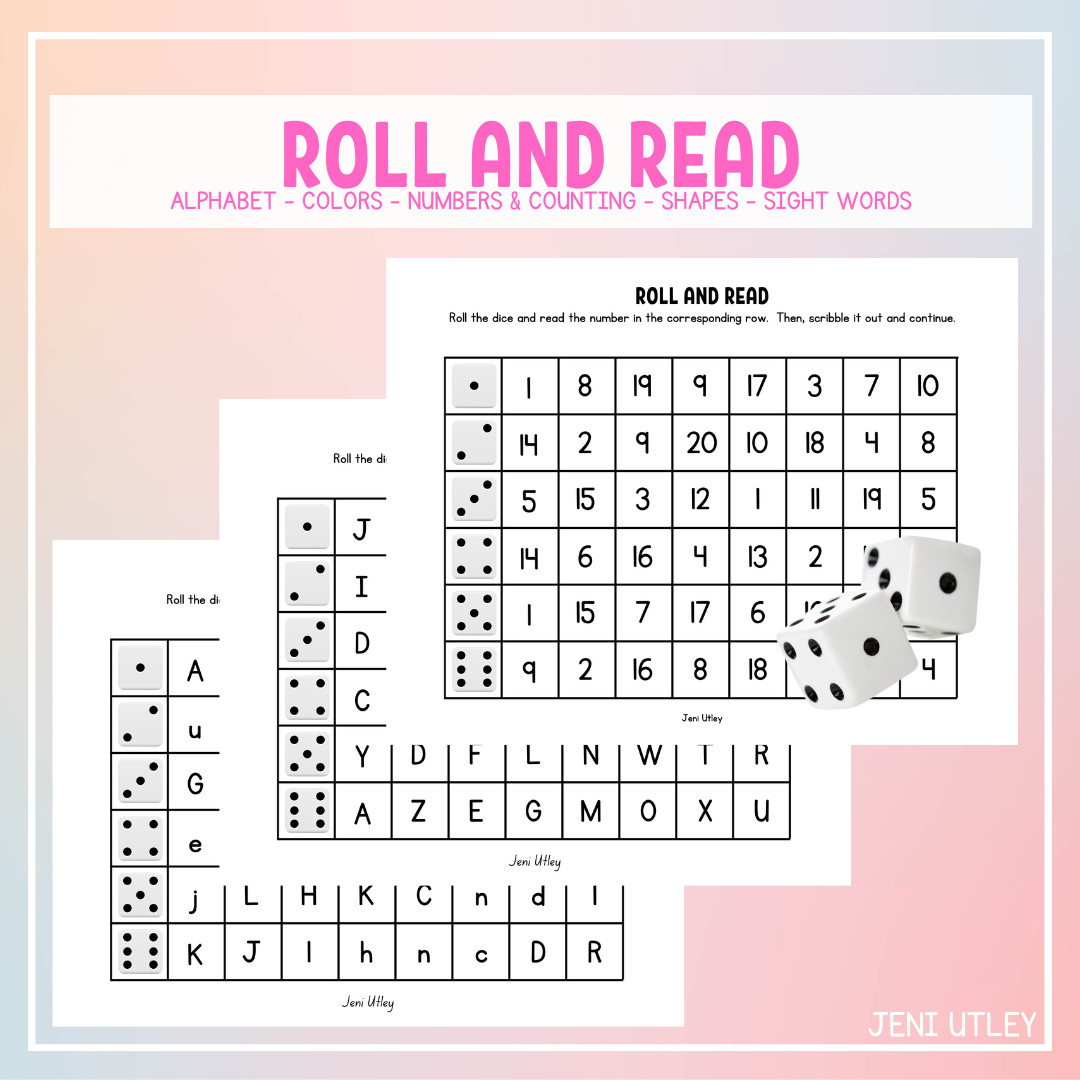

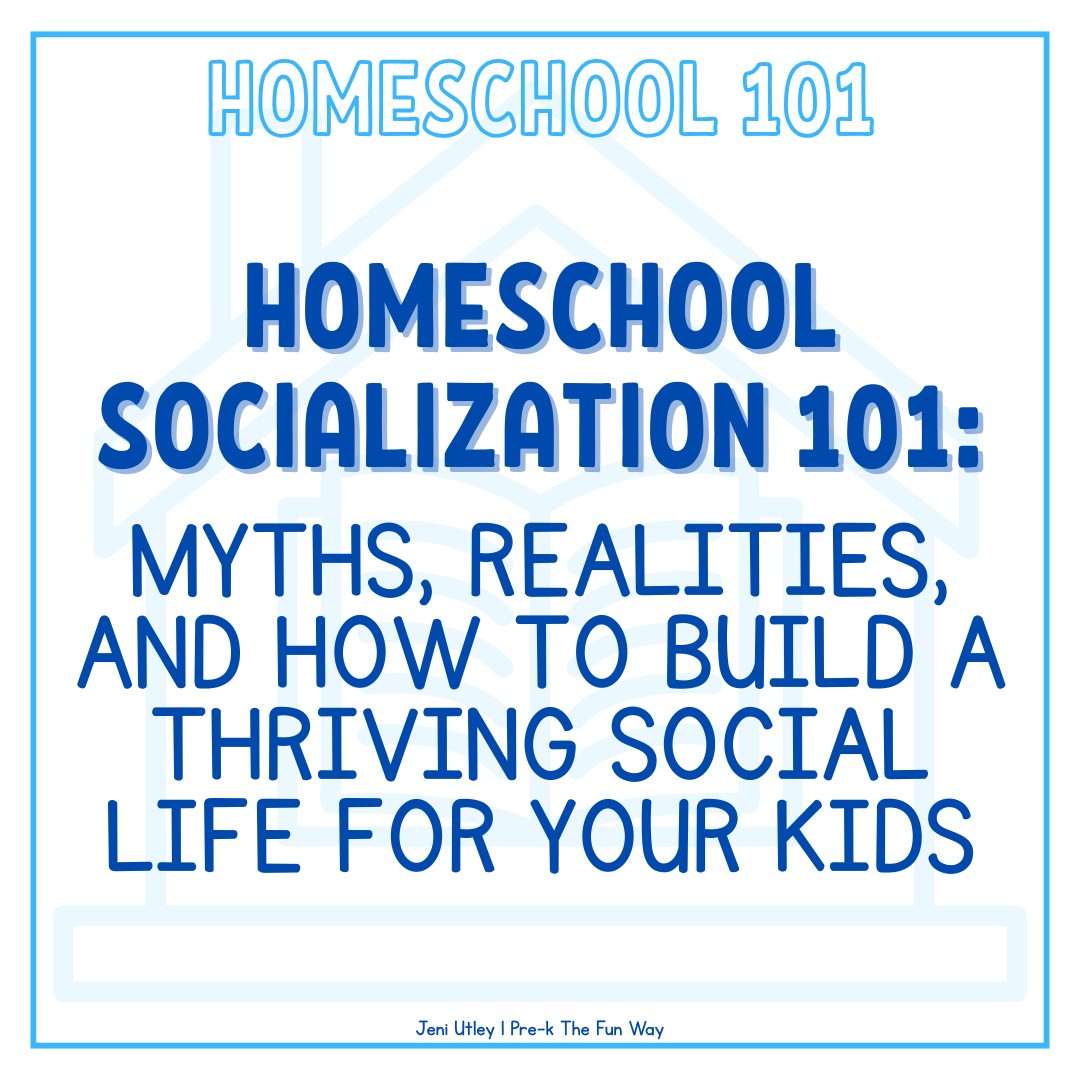
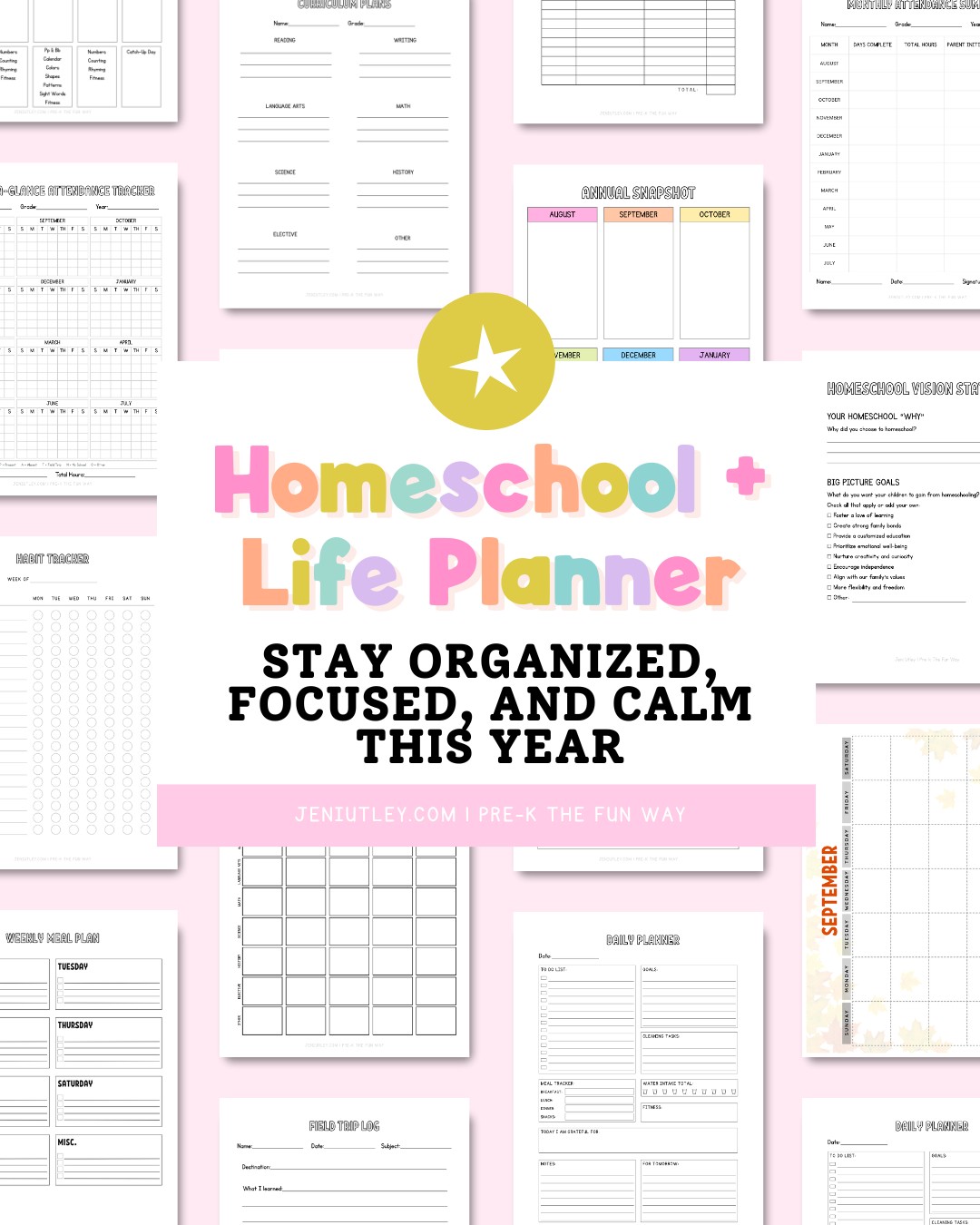

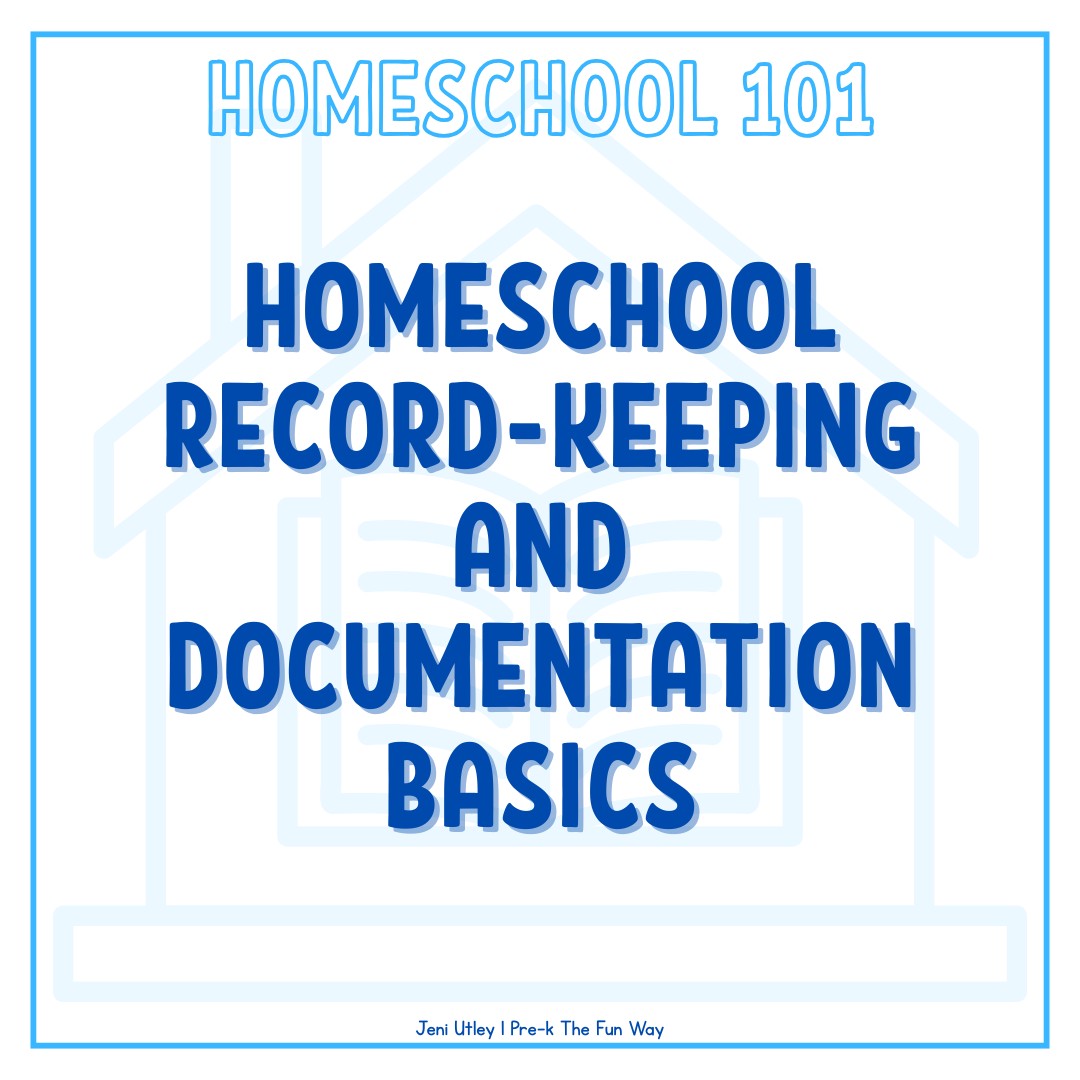
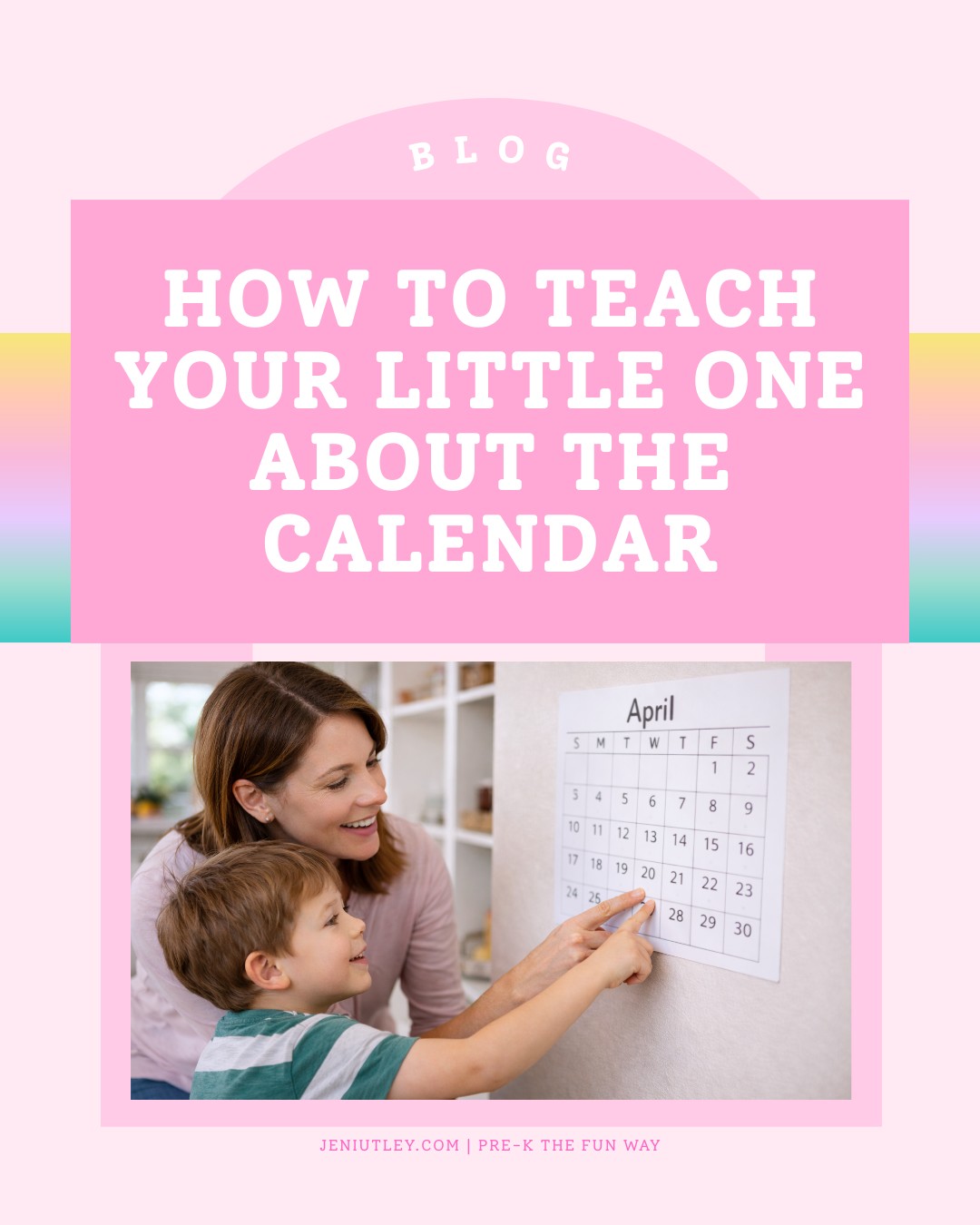
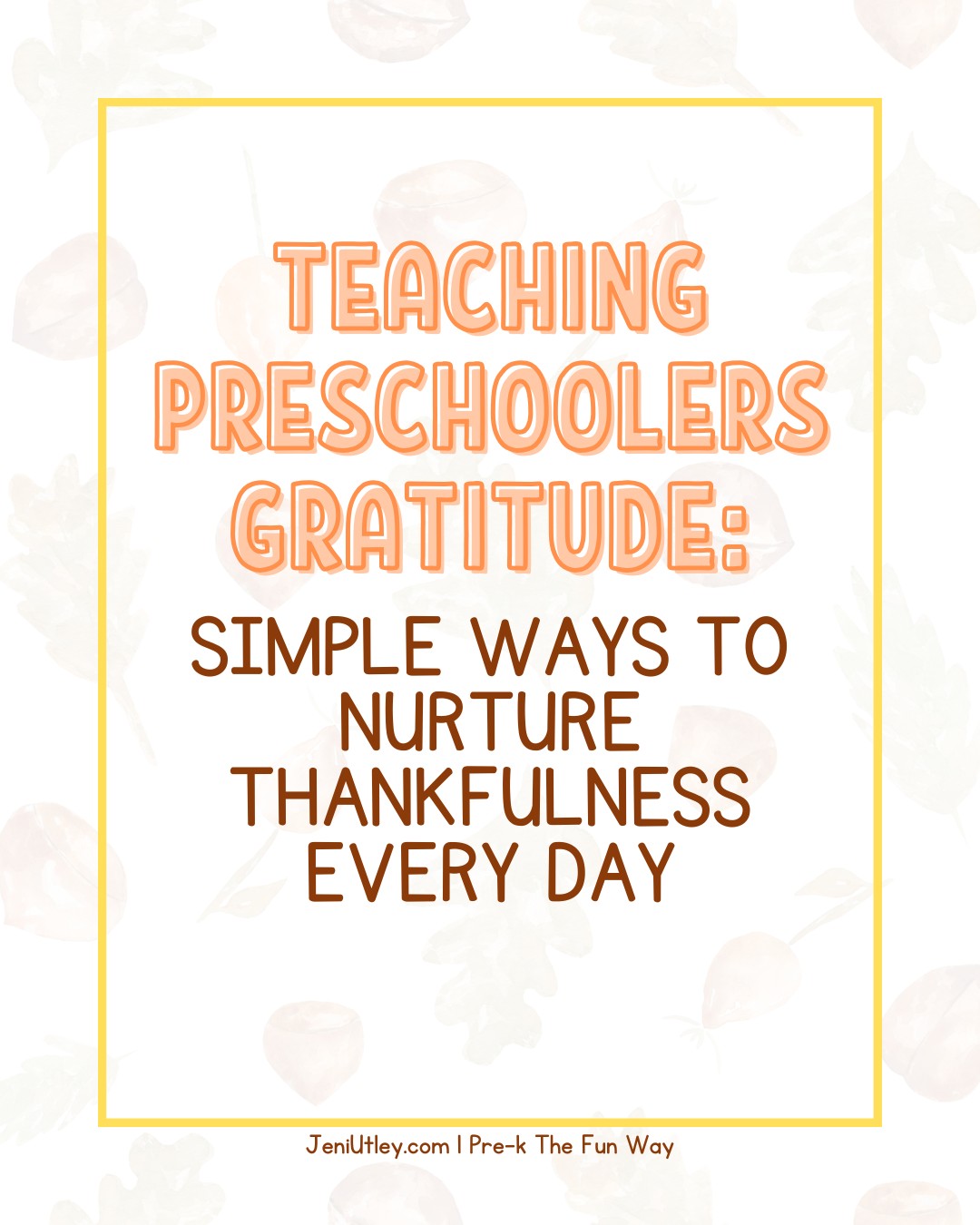
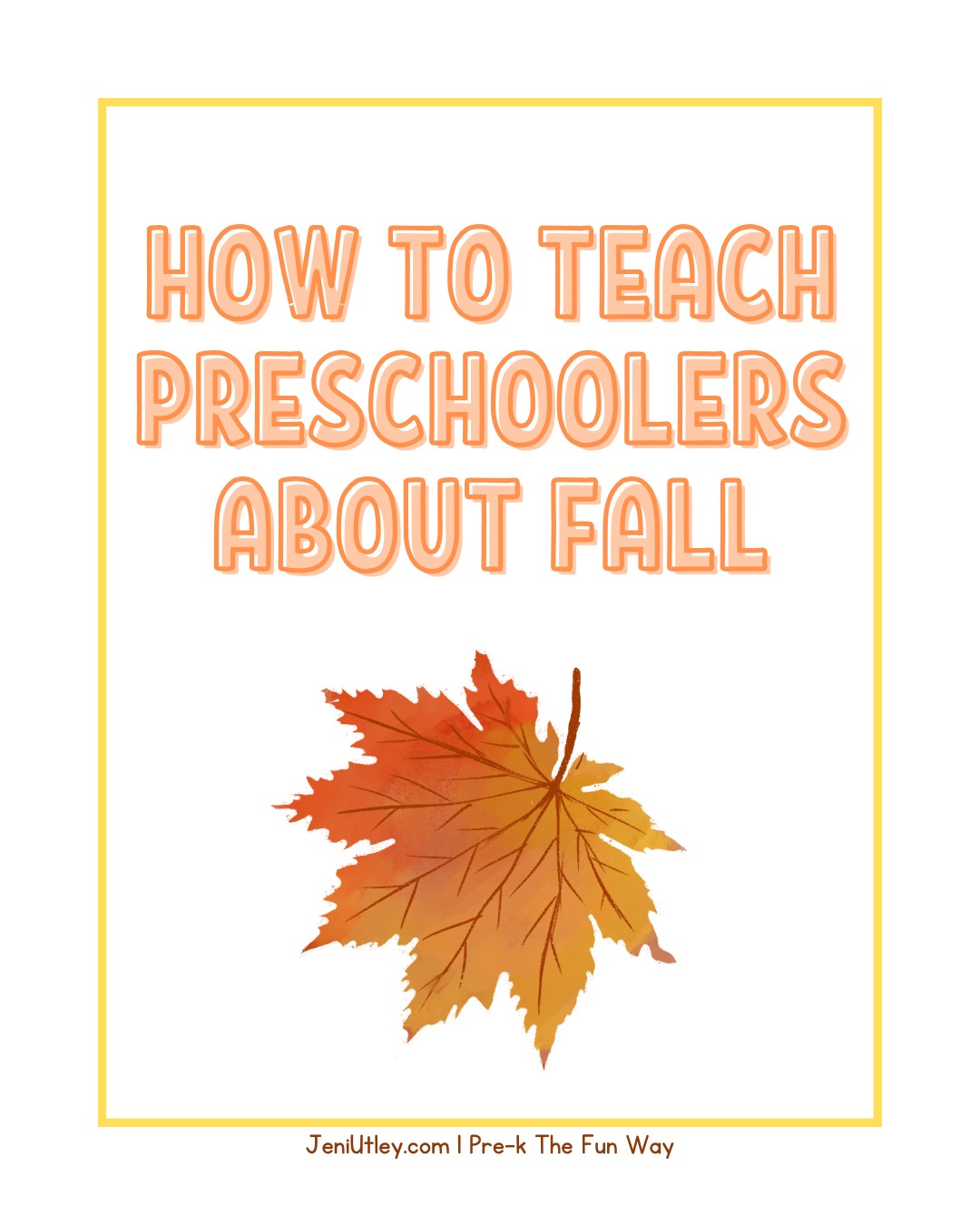
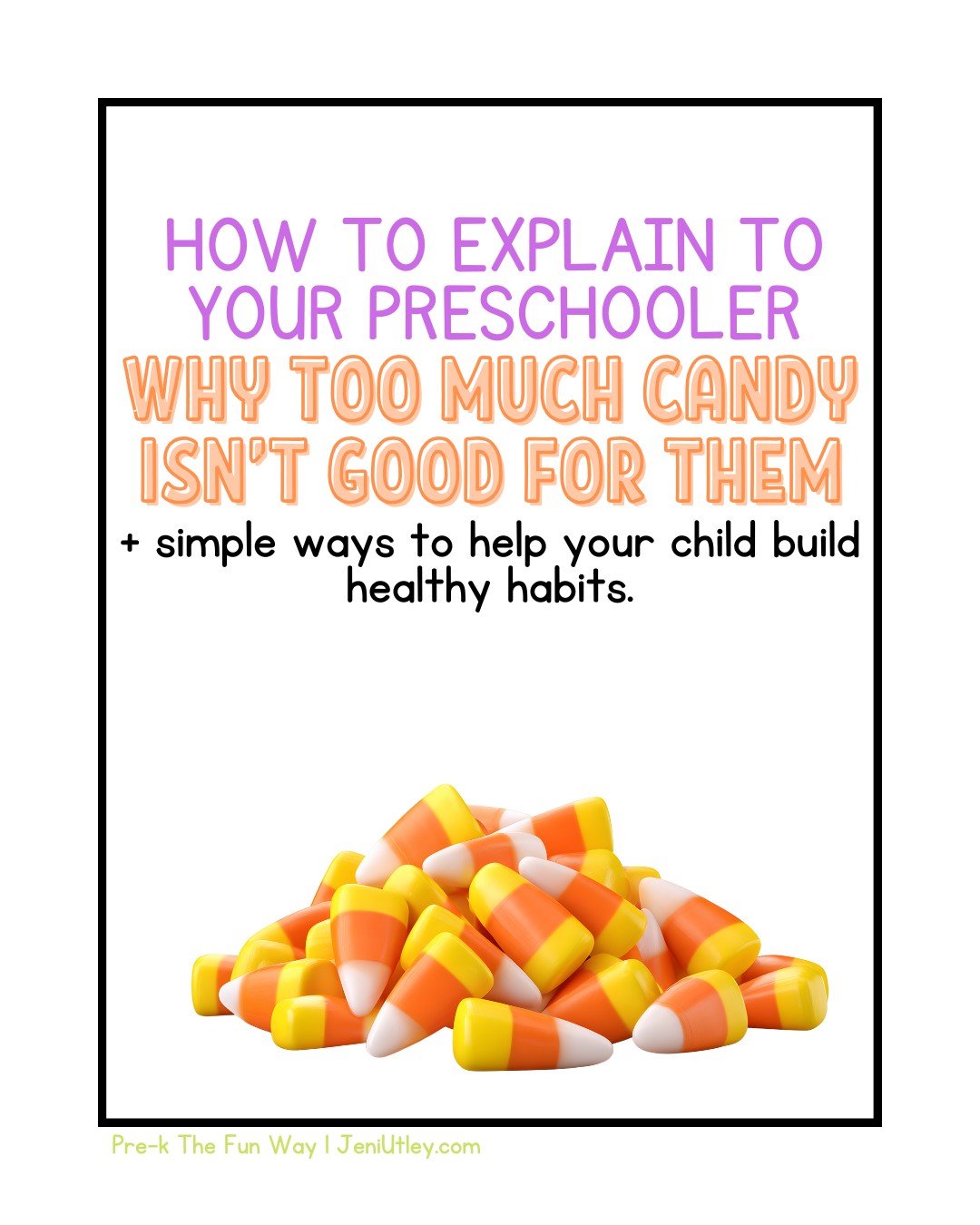
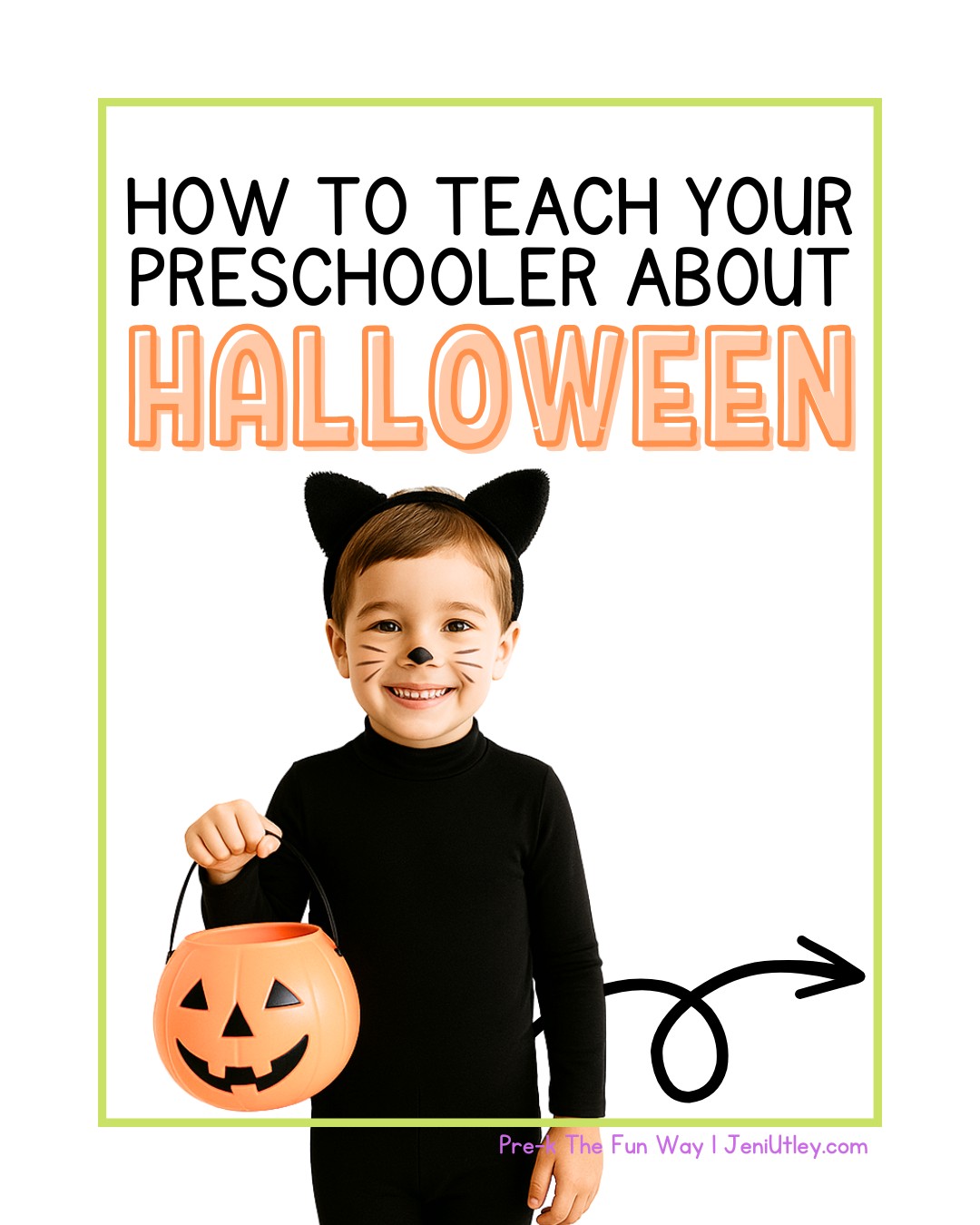





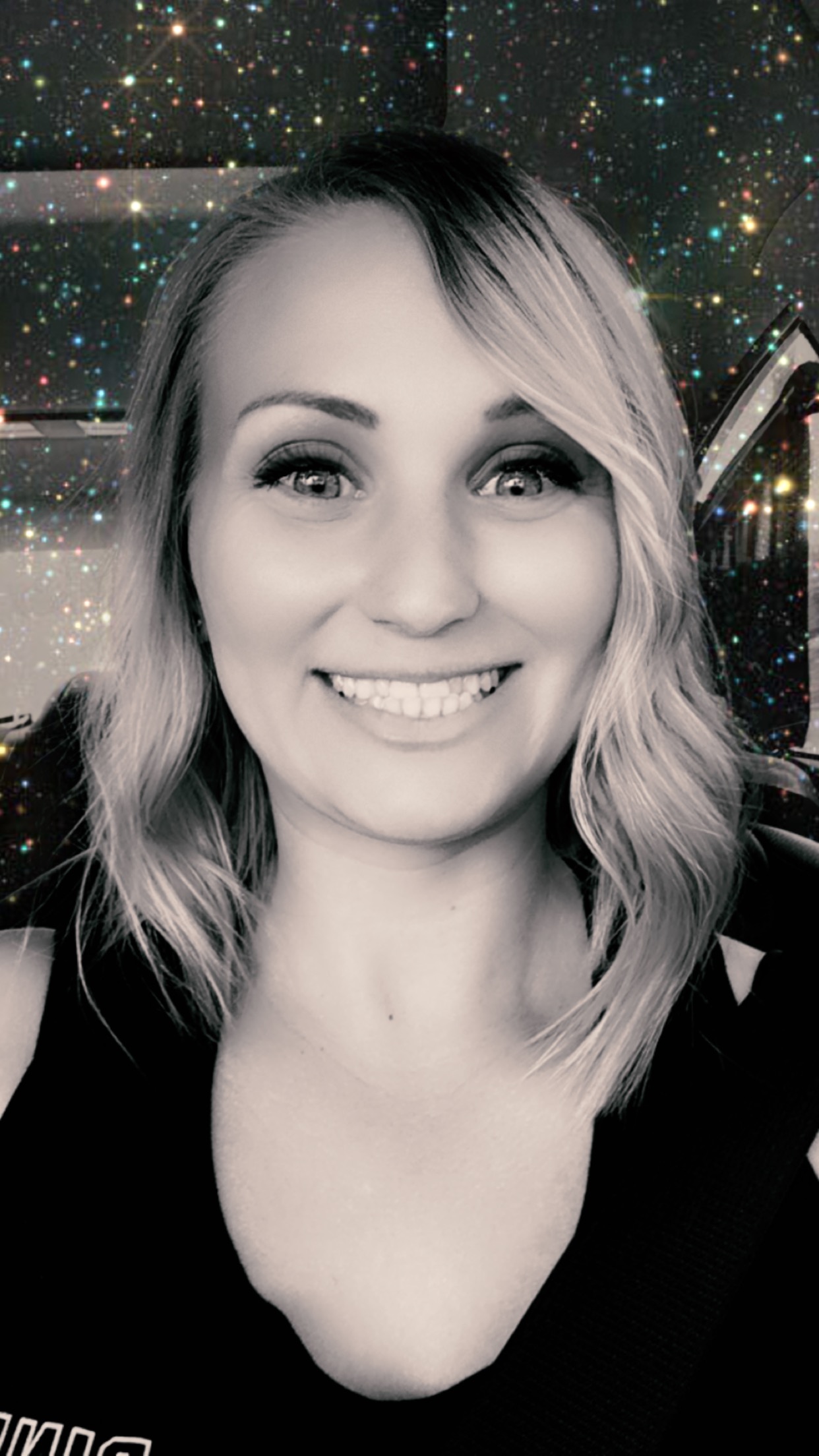
0 Comments